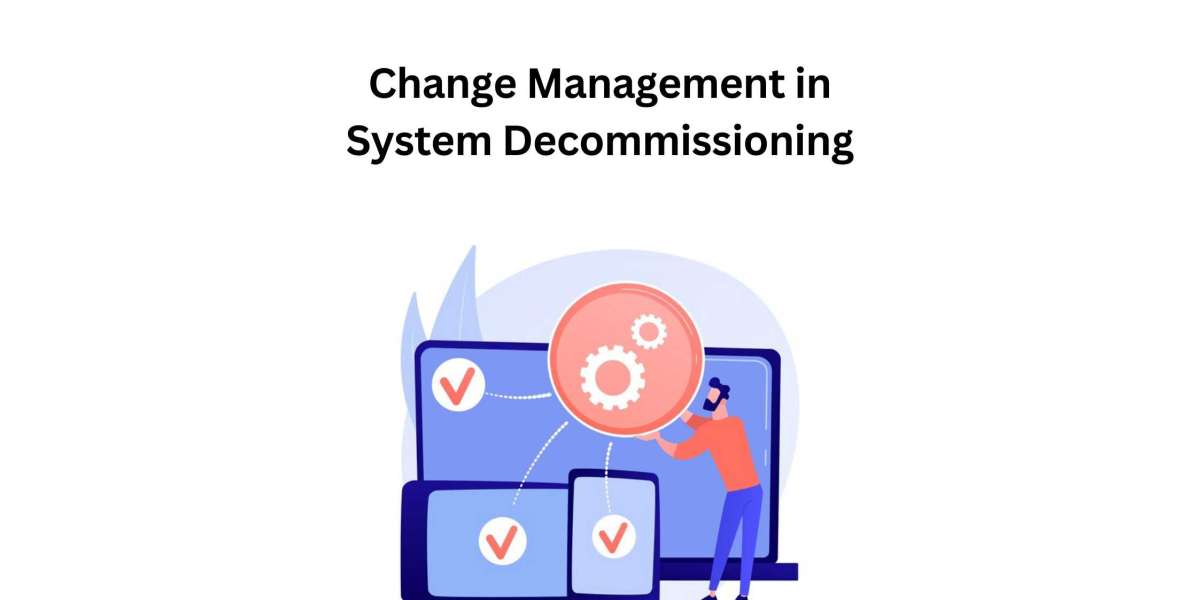Introduction: System decommissioning is a complex process that requires careful planning, coordination, and effective change management. Successfully navigating the path of system decommissioning involves addressing the challenges associated with organizational change, stakeholder engagement, and ensuring a smooth transition. In this blog, we explore the importance of change management in system decommissioning and provide insights on how organizations can effectively manage this critical aspect of the transformation journey.
Understanding the Need for Change Management: Change management is essential in system decommissioning as it helps organizations navigate the human aspects of the transition. Recognizing the need for change management ensures a structured approach to address resistance, mitigate risks, and maximize the benefits of decommissioning:
a. Stakeholder Engagement: Change management facilitates effective communication and engagement with stakeholders, ensuring that their concerns and perspectives are addressed. Stakeholders may include end-users, IT teams, management, and external partners or customers impacted by the decommissioning process.
b. Managing Resistance: Change often brings resistance. Change management strategies help identify potential resistance points and develop strategies to address them. By fostering a culture of openness, transparency, and providing clear reasoning for the decommissioning, organizations can reduce resistance and gain buy-in from stakeholders.
c. Risk Mitigation: Effective change management helps organizations identify and mitigate potential risks associated with system decommissioning. By proactively addressing risks such as data loss, disruption to business operations, or security vulnerabilities, organizations can develop contingency plans and mitigate potential negative impacts.
Building a Change Management Plan: A well-structured change management plan is crucial for successful system decommissioning. Consider the following key elements when creating a change management plan:
a. Clear Objectives and Vision: Clearly define the objectives, benefits, and vision of the system decommissioning initiative. This clarity provides a guiding framework for all stakeholders and ensures alignment across the organization.
b. Stakeholder Analysis and Engagement: Identify key stakeholders impacted by the decommissioning process and analyze their needs, concerns, and expectations. Develop tailored communication and engagement strategies to effectively involve and address their perspectives.
c. Communication Strategy: Establish a comprehensive communication strategy that includes regular updates, informative materials, and channels for two-way communication. Communication should be timely, transparent, and focused on addressing stakeholder concerns and keeping them informed throughout the process.
d. Training and Support: Develop training programs and support mechanisms to help stakeholders adapt to new systems, processes, and workflows. Effective training and support empower stakeholders, reduce resistance, and ensure a smooth transition.
e. Change Champions: Identify change champions within the organization who can act as advocates for the decommissioning initiative. These individuals can provide support, address concerns, and serve as role models for embracing the change.
Monitoring and Evaluation: Change management is an ongoing process that requires continuous monitoring and evaluation. Regularly assess the effectiveness of change management strategies and make adjustments as needed:
a. Feedback Mechanisms: Establish feedback mechanisms to gather input from stakeholders throughout the decommissioning process. Actively listen to concerns, suggestions, and feedback, and incorporate them into the change management plan.
b. Key Performance Indicators (KPIs): Define KPIs to measure the success of the change management efforts. These KPIs can be related to stakeholder satisfaction, adoption rates, productivity, or other relevant metrics. Regularly review and analyze these KPIs to assess the impact of change management strategies and make informed adjustments.
c. Continuous Improvement: Embrace a culture of continuous improvement by using insights gained from monitoring and evaluation to refine change management strategies. Learning from past experiences and adjusting the approach based on feedback and lessons learned contributes to the overall success of the system decommissioning initiative.
Conclusion: Change management is a critical component of successful system decommissioning. By actively engaging stakeholders, managing resistance, and addressing potential risks, organizations can navigate the complexities of change, ensuring a smooth transition and maximizing the benefits of system decommissioning. Building a comprehensive change management plan, including clear objectives, stakeholder engagement, effective communication, training and support, and continuous monitoring, enables organizations to effectively manage the human aspects of the transformation process. Embrace change management in system decommissioning and pave the way for a successful and seamless transition towards a more streamlined and efficient IT infrastructure.
#AvenDATA #systemdecommissioning #itdecommissioning #decommissioning #legacydata








